iOS: State of the Platform part 3 - iWatch, iPhones, and iPads
This article may contain personal views and opinion from the author.
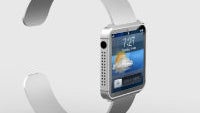
In Part 1, we took a look back at the iOS platform in 2013. Part 2 began our look ahead towards what we can expect for Apple's platform in terms of market share, as well as the upcoming iOS 8 update. Now, it's time for the big issues: iOS hardware for 2014, including the iPhone 6, iWatch, possible iPhablet, and new iPads...
Hardware
What and when
Now, it's time to move on to the main event, because 2014 is expected to be all about new Apple hardware. We'll start off broadly, because there is a lingering question regarding just how much new hardware we see. It is almost a certainty that we will see at least two new iPhones in 2014 (including the iPhone 6 and a maybe a plastic iPhone 5s to fill the mid-range) and the iWatch; but, after that, things get a bit hazy. You would normally assume that there would be a new iPad and iPad mini, and the rumors have also been talking quite a bit about a potential 12.9-inch iPad, which the media has taken to calling the iPad Pro.
The other question is when to expect the new devices. The vast majority of the rumors have pointed to most if not all new Apple devices being released in the second half of the year. Most rumors will specifically pinpoint the fall, while some say Q3 which would be the span from July through September.. But, there has been a new rumor recently that Apple could release the iPhone 6 as soon as July. Again, we're not sold on this rumor. The reasoning is thin, and Apple likes to have the new stuff out just before the holiday shopping season. Until we see more solid reasoning, we'll assume that the new iPhones are coming in September, iPads in October, and the iWatch somewhere in that same general time frame, like maybe November.
Internals
There are a few things that we want to touch on quickly before focusing on the specific devices on the way from Apple, because it can be assumed that certain internal updates will be coming to multiple new iOS devices. For example, we can assume that all of Apple's flagships this year will be powered by an A8 processor, although what that might mean is unclear. Due to the increased focus on health, it could mean an updated M8 motion co-processor for better fitness tracking, but Apple might not want to increase the iPhone tracking features if it is going to try selling an iWatch, because the former decreases the need for the latter.
As we mentioned before, it is assumed that any new flagship iPhones and iPads released this year will be getting the Touch ID fingerprint scanner as well.
iWatch
Tim Cook has promised that Apple will be entering "new product" categories in 2014. There are a few options for what this might mean, but the device most widely regarded as a definite to come this year is the so-called iWatch. We've already talked about it a bit in the software section, and that is actually where the majority of the information is for the iWatch right now. We know that it will have a health focus, which would seem to imply a sporty design, rather than a more stylish design, but we're sure Apple will attempt to toe that line as much as possible.
For quite a long time, the rumors had been that the iWatch would feature a flexible OLED display made by LG along with curved Gorilla Glass. More recent reports have made it almost a definite that the iWatch will actually feature sapphire glass, which could very well be curved, but there is also an outside chance that it could be Corning's new Willow Glass, which is thin, light, flexible, and offers better seals for water-resistance. Weather-proofing could be a big addition to the iWatch, because that is something usually found in fitness trackers, but not as often in smartwatches.
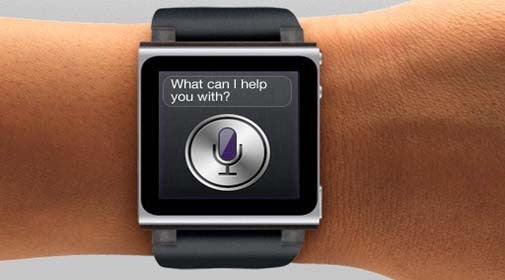
The display of the iWatch is said to be somewhere in the range of 1.3 to 1.5-inches. More recent prototypes have reportedly been using the 1.5-inch displays, but there may actually be multiple models. Another interesting rumor about the iWatch that could set it apart from the competition is that Apple has supposedly been working on two different models of the iWatch: one for men and one for women. All other smartwatches so far have attempted to be somewhat unisex (though most have fallen more on the "for him" side of things based on size alone), so Apple could definitely make some waves by having a model specifically for women.
Lastly, it is assumed that the iWatch will feature some form of wireless charging, because that tends to be a standard for smartwatches, but again we haven't heard much on that front in a while. It still seems like a reasonable expectation though.
The iPhone 6
This is the device that you're likely to see the most rumors about. We've already seen a huge amount of rumors, but that has led to a somewhat clearer picture of what to expect from each. The earliest talk had been that Apple was testing display sizes ranging from about 4.5-inches to as large as 6-inches. Over time, the rumors settled down, and right now it seems like 4.7-inches is the presumed size for the iPhone 6, with the iPhablet clocking in at about 5.5-inches, but that number isn't as solid.
4.7-inches would be a great size for the iPhone 6 though. It would finally add the screen real estate that the iPhone has needed, but it is still a size that can be built in a pretty compact form. Just look at the Motorola Moto X, which has a 4.7-inch display, but still has a device footprint that is very close to the iPhone 5s. Assuming the rumors are true that Apple is going with a 4.7-inch display for the iPhone 6, we would expect a similar focus on ergonomics to keep the device comfortable in most people's hands.
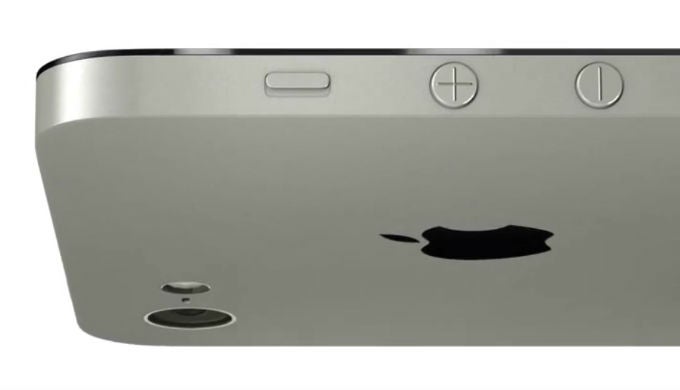
There has been talk that Apple could also switch to sapphire glass for the iPhone 6. Apple has supposedly purchased quite a stockpile of sapphire glass, but it has also reportedly set up a manufacturing facility in order to make its own sapphire displays. The end goal of the facility is to produce 100-200 million sapphire displays per year. The trouble is that even 200 million displays per year may not be enough. Assuming that Apple plans to get the facility up to full steam in three years, Apple will likely be selling more than 200 million devices per year at that point. Recent estimates say that Apple could ship about 180 million devices in 2014 alone. Analysts may be predicting Apple's market share to slide a bit, but shipment numbers should continue to grow. Maybe Apple will set up more facilities, but our concern right now is 2014, and we're just not convinced yet that sapphire glass is on the way. Given the planned focus on health, we can't help but wonder if Corning's new antimicrobial Gorilla Glass would be a better choice in terms of marketing.
We won't get into the actual design of the iPhone 6, though the device is scheduled for a proper redesign. Apple has been using essentially the same iPhone design for the past four iterations of the device starting with the iPhone 4, and only making it a bit longer with the iPhone 5. The one part of the design that we are very interested to keep an eye on is the overall thickness of the device. When you combine the more powerful internals with a much bigger display, power management becomes more of an issue, but at the same time a larger body allows for a bigger battery pack, if you don't push too hard for thinness. We expect that the iPhone 6 will forego the usual "thinner and lighter" marketing for "bigger but just as light". There has been talk that Apple has found a way to drastically decrease the weight of the iPhone chassis, so that may be the focus this time around. There have also been smaller rumors about the next iPhone supporting wireless charging and being water-resistant to some degree, but neither rumor has much behind it.
As you can start to see when you gather up all of the rumors, it's hard to imagine Apple coming through on all of these points. Apple has always tried to temper expectation by reminding consumers that it is basically the only company that makes both the hardware and software from top to bottom, which is very difficult to do. Apple may be huge, but it does have limited resources, meaning not every rumored update can come true, so we'll have to see how things go from here.
iPhablet
One of the more interesting rumors surrounding Apple this year is in the idea that the company could very well release a 5.5-inch phablet (although given the size of the Samsung Galaxy S5 and Sony Xperia Z2, we can't help wonder if 5.5-inches counts as a "phablet" anymore.) The media has jumped on this to a large degree with there even being rumors that the device won't actually carry the iPhone branding. But, here's our one big issue with the idea of an iPhablet: compromise. One of Apple's core tenets has always been that it doesn't want to release devices that require compromise (although what counts as a compromise tends to be under debate), and phablets are devices borne out of compromise.
Of course, there are benefits as well. The battery life of a phablet is often stellar, and phablets are a great choice for customers who may want to have both a phone and a tablet, but can't necessarily afford both. Phablets are extremely popular in southeast Asia exactly because of this second point, and that is a region where Apple wants to be able to expand its market share.
Assuming the 5.5-inch size rumor is accurate, Apple is obviously conscious of the size issues with phablets, but the question still remains in regards to cannibalization. An iPhablet could easily cut into iPad mini sales, unless Apple makes the iPhablet region-specific and only releases it in areas where phablets are more popular, but that is unlikely.
In the end, an iPhablet may very well be on the way, but if you keep an eye on the rumors, they often touch on the idea that an iPhablet is on the way without ever answering the question of why Apple might be releasing such a device. Especially with a larger iPhone on the way and the iPad mini in the lineup, an iPhablet seems like a device that carries too many inherent issues, and would be targeting too small of a market to be worth Apple's time and energy. Most are convinced that the iPhablet is on the way and we wouldn't be surprised to see it, but we also wouldn't be surprised if it turned out to be just a rumor.
iPad Pro
We saved this one for last because it has the lowest chance of actually being part of the 2014 landscape for Apple. The iPhone 6 is a definite, the iWatch is highly likely, refreshes to the iPad Air and iPad mini are likely, and the iPhablet is possible. But, a 12.9-inch iPad Pro? It is certainly possible, even likely on a long enough timeline, but this piece is all about 2014, and we're not sure that the iPad Pro will make it this year. Most of Apple's resources are going to be aimed at the iWatch, the iPhone 6 redesign, and optimizing iOS 8, meaning that there won't be a huge amount of time or energy left over to make a larger iPad a reality.

A big part of that is in the software. As we have covered before, Apple execs flat out said that iOS and MacOS would not converge and would remain separate systems for separate device categories. But, an iPad Pro is a device inherently designed to straddle two device categories as both a tablet and a device likely coming with a keyboard dock to be something of a laptop as well. This idea is why we have also talked about how Apple execs were careful not to discount the idea that iOS and MacOS, while separate platforms, could still exist on the same hardware. There has also been talk of a so-called "iAnywhere" system which would require a larger accessories and docking peripheral ecosystem from Apple in order to make up the revenue lost from Mac sales.
Whatever the solution to the problems of an iPad Pro, it's hard to imagine Apple sorting them out by the end of this year given everything else in the works. We would think it far more likely to see the iPad Pro in early to mid 2015.
Conclusion
As always with Apple, there is plenty of information swirling around in the rumor mill and plenty of misinformation as well. Analysts make just as much money on hopes and dreams than they do reasonable predictions. We've seen that plenty of times in the past where rumors have gotten out of control and strayed into the implausible. We've tried our best here to sort through and only give credence to the rumors that have enough reporting to be reasonable, or the ones that at least make sense. If we didn't cover a specific rumor, it was likely because the rumor didn't seem plausible enough to include, but given the wealth of rumors around, it is also very likely that we simply missed something.
Apple will be fine in large markets. The company is number one in Japan, and number two (albeit by a wide margin) in most other developed nations. The company still pulls in huge profits that dwarf most other competitors in the mobile ecosystem. The big question though is how Apple will move forward in emerging markets. Tim Cook is a smart man and he understands that the growth potential for Apple only has two pathways: new products and new markets. The new products are certainly on the way, but it is unclear if Apple can find a device to satisfy the price concerns of new markets. Maybe that is the long-term plan for the iPhone 5c, but we won't know that until the fall, and by then both Android and Windows Phone will continue to gain market share in emerging markets. Although, as must be recognized with Apple, market share is only a piece of the whole, and Apple is still regarded to be one of the kings of the mobile ecosystem in terms of revenue and profits.



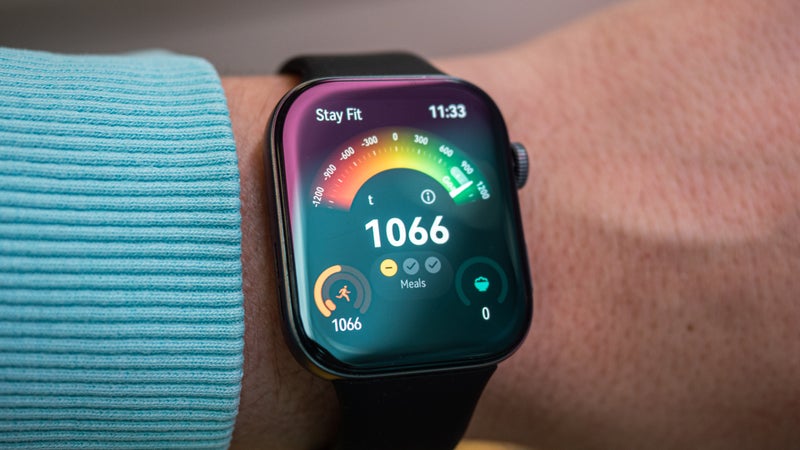
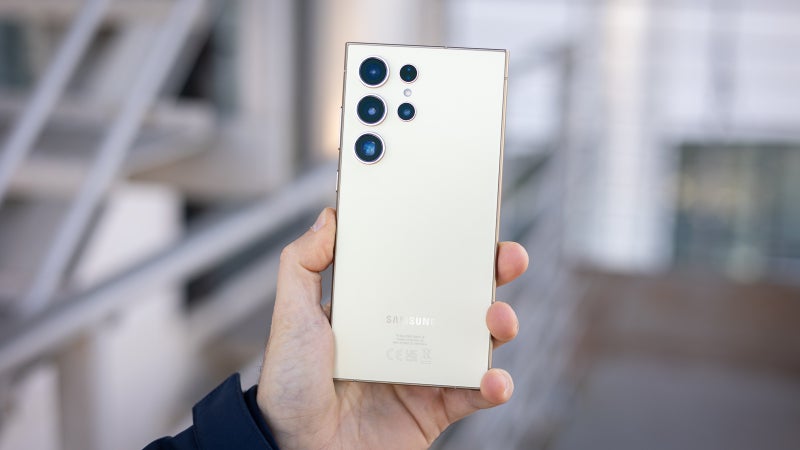
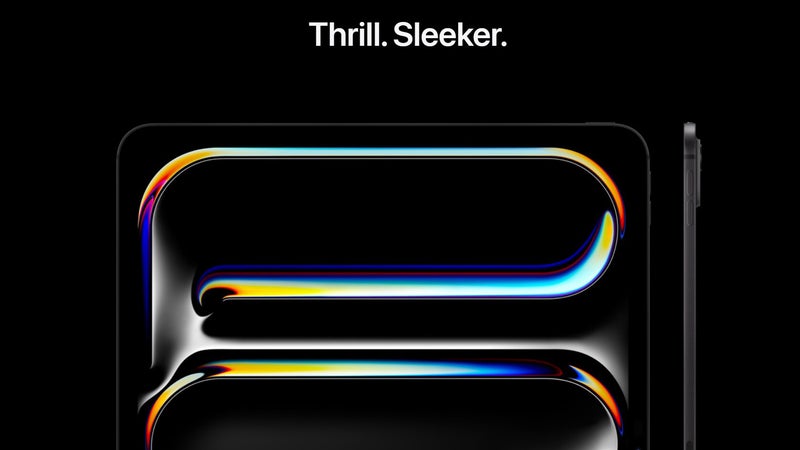
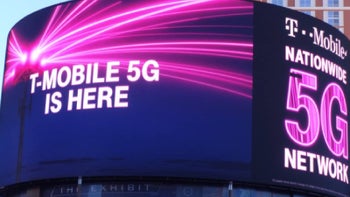

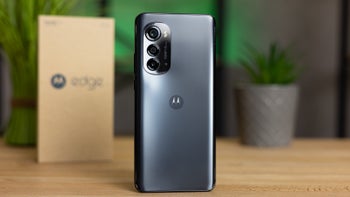
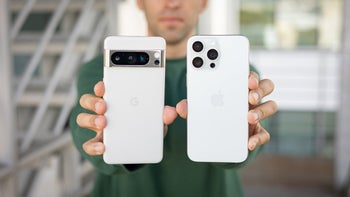

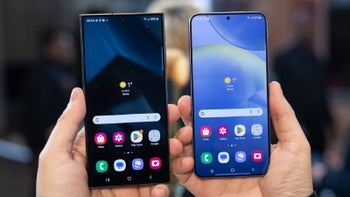
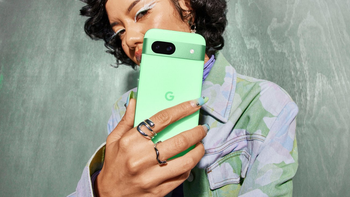




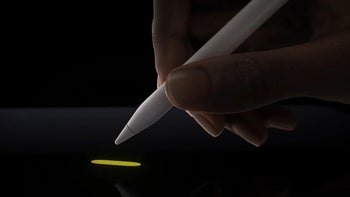
Things that are NOT allowed: